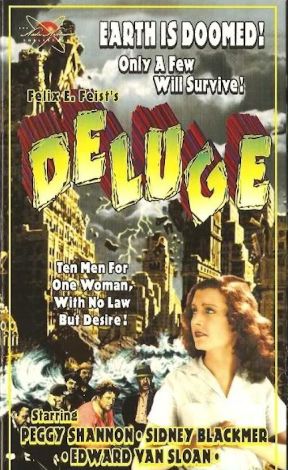Ned Mann was, for two decades, one of the top optical effects designers and technicians in movies. He was born in Indiana at just about the same time as the movies themselves, in 1893, but it wasn't until he was in his twenties that the movies exerted a pull on him in terms of work or career. Athletically inclined as a youth, he work as a professional roller skater and driver in his teens and early twenties. He entered movies as an actor in 1920, but within a couple of years had moved into technical and special effects work. His credits in the 1920s were enviable -- usually billed in those days as Ned Herbert Mann, he worked as technical director on such top-flight movies of the era as Don Q, Son of Zorro (1925), produced by and starring Douglas Fairbanks Sr.; The Beloved Rogue (1927), starring John Barrymore; and Lewis Milestone's Oscar-winning Two Arabian Knights (1927). Mann was also a technician on Michael Curtiz's Noah's Ark (1928) and handled the technical effects on Frank Capra's Dirigible (1931).
In the mid-'30s, Mann took a job with British-based producer Alexander Korda's London Films. The Korda studio became home to one of the best special effects units in the movie business over the ensuing six years, particularly after the construction of Denham Studios in 1936. Mann's work during this period included the special effects on such films as The Scarlet Pimpernel (1934), The Ghost Goes West (1935), The Man Who Could Work Miracles (1936), and Knight Without Armor (1937). During his time at London Films, Mann was involved with the early stages of the development of the blue-screen travelling matte process, which would become a staple of optical special effects work in the movies, though it was Lawrence Butler who oversaw the perfecting of the process, which was debuted in The Thief of Bagdad (1940). Mann worked on one Hollywood movie at the start of the end of the decade, the ghost story Beyond Tomorrow (1940). After World War II, Mann resumed his work at the reactivated London Films with Korda's production of Anna Karenina (1948). His last film was Vittorio De Sica's Miracle in Milan (1951), the denouement of which is an optical effects tour de force.


